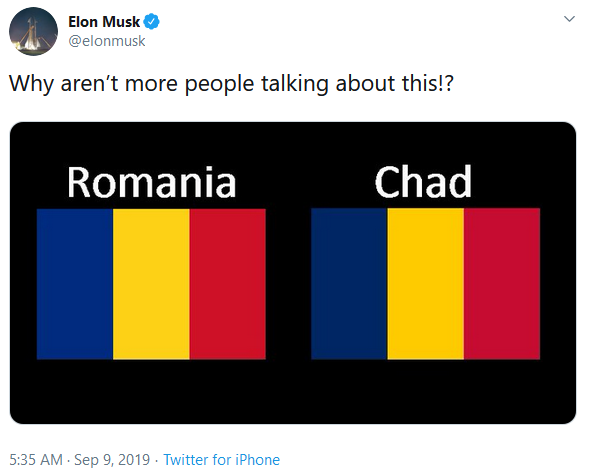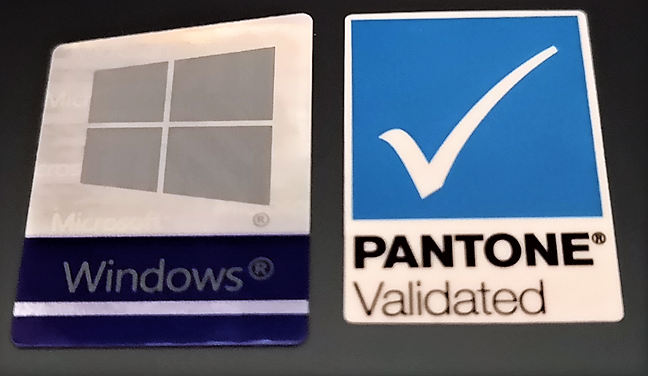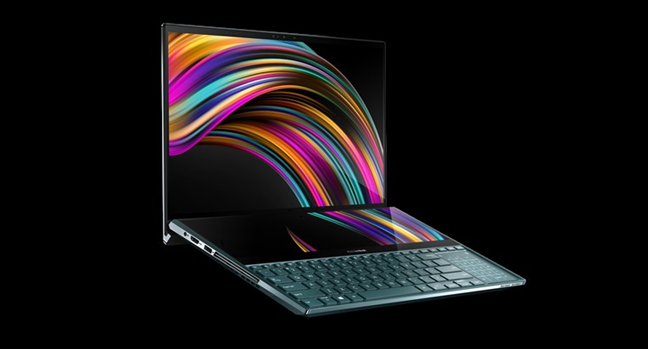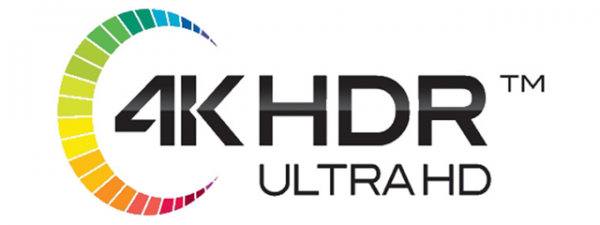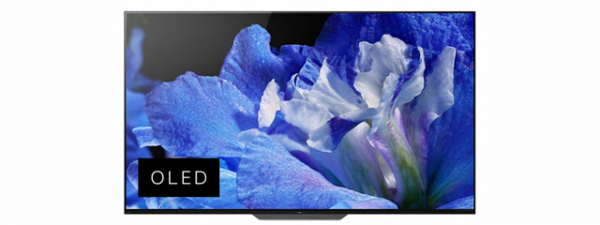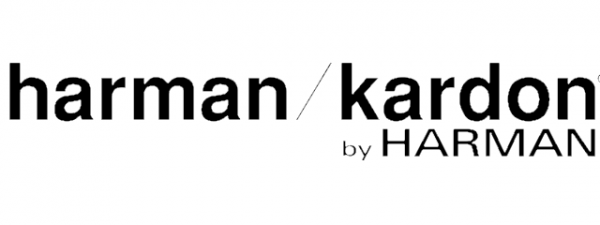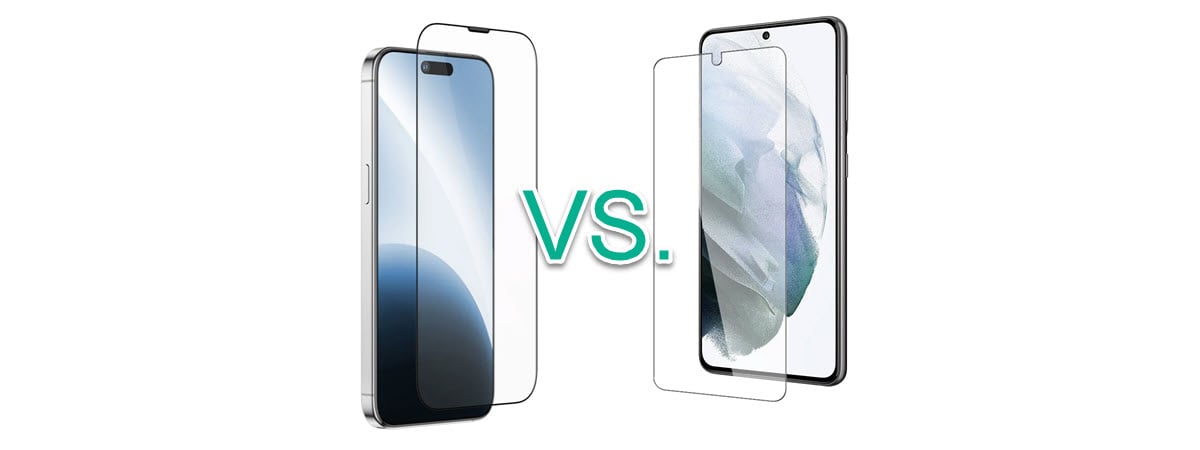
Are you on the lookout for a new laptop or monitor for your computer? Did you hear about novelties such as Pantone Validated electronics? Are you a professional from a design or publishing field who needs to work with accurate colors? If you answered yes to any of these questions, then you might be interested to learn more about what Pantone is, and what Pantone Validated devices offer. Read this article and find out more on this subject:
What is Pantone (Matching System), and why does it matter?
If you work in a field that works with designers or printing systems, you've probably heard about Pantone. Colloquially, people refer to Pantone when they are talking about colors, actually referring to the Pantone [Color] Matching System. Put simply, the Pantone Matching System is a large database of standard colors, or a universal color system if you prefer. Pantone colors are identified through fixed numbers in the form of Pantone X or PMS X, where X is the number allocated to the color to which you are referring to. For instance, the Pantone color of the year 2019 is called Pantone 16-1546, otherwise known as Living Coral.
If you are wondering why a system like Pantone would be useful, the answer is that, regardless of where they are located, different people or companies can use it to identify and match the same colors they use.
For example, if we'd want to tell you the colors used by our country's flag, we could tell you that they're blue, yellow, and red. However, that might make you wonder why Romania's flag colors are the same as those of Chad's, which are also blue, yellow, and red. Even Elon Musk asked this question on Twitter a while ago. 🙂
If we would want to be specific and make sure that we tell you the exact colors used by Romania's flag, we would tell you that they're Pantone 280c 116c 186c. Although the two flags are similar, Chad's flag colors are Pantone 281c 116c 186c. The blues differ slightly, but they're still dissimilar and not the same. Without a color matching system like Pantone, we would not be able to be so specific.
Another example: think about the designers of Coca Cola and their company's specific red color (in Pantone, it's 2347c). Imagine what would happen if the designers created a new logo using the company's traditional color, and, when they would send the new bottle labels to the printing machines, those printing machines would use a different red color. It wouldn't be the same, wouldn't it? It might affect not only the company's brand but also their income, because people are used to quickly identify Coca Cola by its specific crimson red color.
In domains related to design or printing, that rely on color-critical decisions, knowing the exact colors used is of the utmost importance. As a consequence, the Pantone Matching System, which offers a universal color language, is widely used by designers, producers, brands, and manufacturers from various markets such as graphics, fashion, packaging, architecture, cosmetics, industrial design, furniture, consumer goods, corporate branding, and so on.
What is Pantone Validated?
Now we know that, without a color matching system such as Pantone, things could easily get messed up. And all of that brings up the next issue: what does Pantone Validated mean and why is it important? Pantone Validated is a certification that tells you whether an electronic device complies with the color standards from the Pantone Matching System. By electronic devices, we understand displays such as those used by computers, laptops, TVs, projectors and so on. All the Pantone Validated devices should have the Pantone Validated sticker on them: you can see what it looks like in the image below.
Why does it matter if your display is Pantone Validated?
For regular computer users, it might not matter much whether the displays or laptops they use are Pantone Validated. However, for professionals who work with colors and consider color fidelity essential, having Pantone Validated devices is likely a must-have.
Some might argue that the Pantone Matching System originates from the printing world and it does not and cannot cover all the colors that a display can show. Although that's true, as electronic displays can show a larger amount of colors (they have a larger color gamut), it does not mean the Pantone Validated displays are not useful. If you work in one of the creative areas that we've mentioned before, such as publishing, a Pantone Validated screen that is calibrated accordingly ensures that the colors you see on it are also the ones you send to printing or to the other people you work with, for example.
Which companies offer Pantone Validated displays?
At the moment, there are not many manufacturers that offer Pantone Validated displays, but their number is surely going to increase. For now, the companies listed as selling Pantone Validated displays (stand-alone screens or integrated displays) are Acer, ASUS (including some devices from the Republic of Gamers lineup), and BenQ. You can find the full list here: Pantone Validated Displays.
What Pantone Validated is not
If a display is advertised as being Pantone Validated, it does not mean that the colors outside of the Pantone Matching System are well represented. That's because the Pantone system was born from printing and does not cover the entire range of colors that a modern screen can display. That's why, when buying a laptop or display that's Pantone Validated, you should also check its specifications regarding the advertised gamuts for the commonly used sRGB color space or, if you're working with video, also for the new DCI-P3 color space.
In the end, a few bits of history about Pantone
Pantone is a company that was founded in 1962 by Lawrence Herbert and used to create color cards for cosmetics. Lawrence Herbert was an employee at a printing company called M & J Levine Advertising. He used his chemistry skills to systematize the inks and colors used by the company and, after buying it from its employers, just one year later in 1963, he developed the first color matching system.
Nowadays, Pantone is a limited liability company based in the United States, in Carlstadt, New Jersey. In 2007, it was bought by X-Rite, a manufacturer of color measurement and management products. Then, in 2012, X-Rite was purchased by the Danaher Corporation.
When you buy your next laptop or display, will you look for a Pantone Validated one?
Now you know more about Pantone and what Pantone Validated means. Are you a professional working with colors in need of such a display? Or were you just interested in finding out more about why some companies brag about their new Pantone Validated laptops? Comment below and let's discuss.


 02.10.2019
02.10.2019 